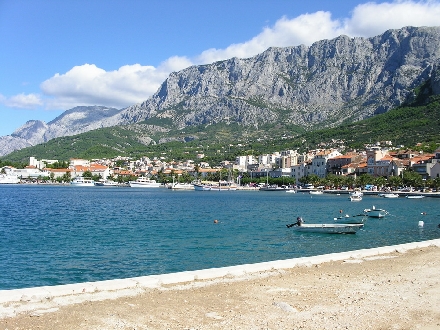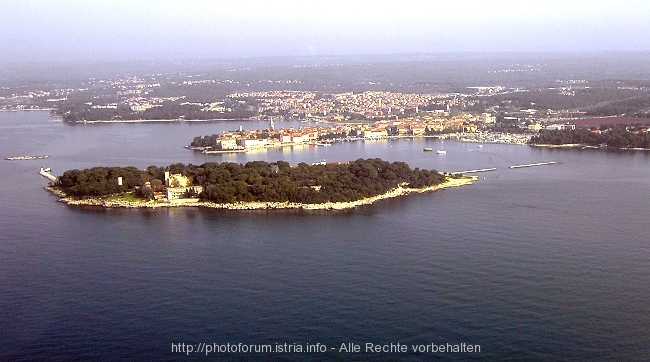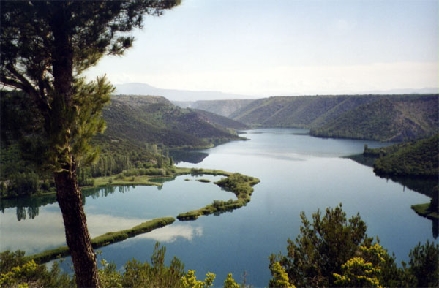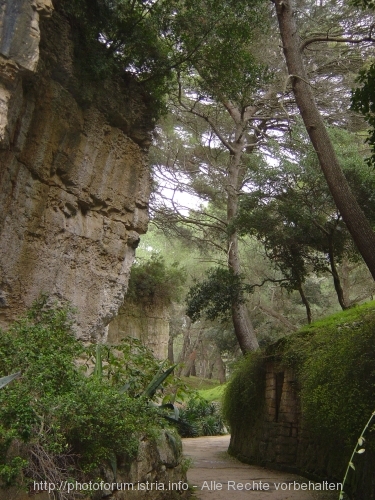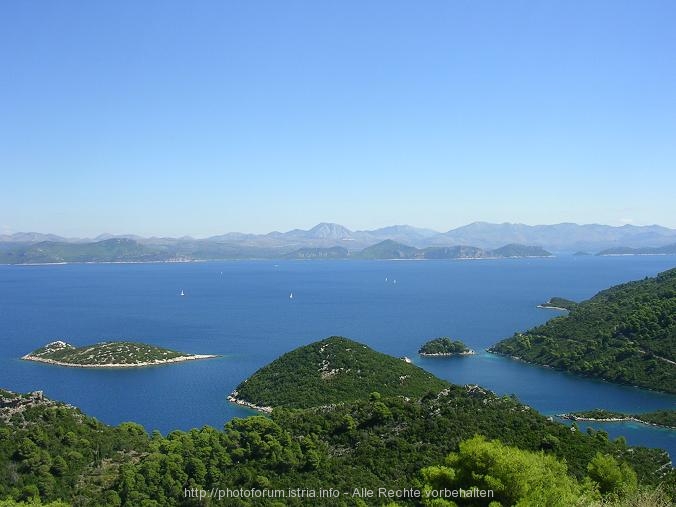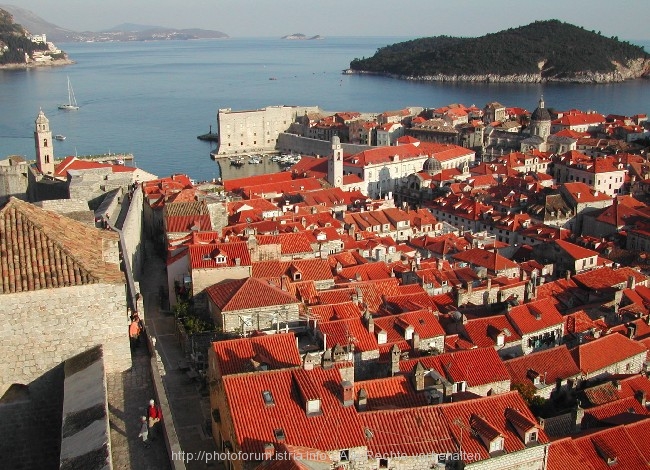
Dubrovnik is a major seaport city on the southern coast of Croatia and a popular tourist destination because of its illustrious island territory. The prosperity of Dubrovnik has persisted since the Middle Ages, when it became a prominent center of maritime trade. Although Dubrovnik, originally known as Ragusa, was founded in the 7th century by the Latins, it has survived and flourished under the rule of wealthy French, German, and Austrian empires. In 1991, Croatia declared its independence from the Socialist state of Yugoslavia and was renamed the Republic of Croatia.
What to Expect
Dubrovnik's multicultural European population has made this city a center of rich cultural heritage that is appreciated by tourists from around the globe. Dubrovnik's old-world splendor has been preserved in the expertly designed city fortress, ancient architecture, and dazzling views of the nearby Adriatic Sea. The Baroque and Romanesque cathedrals are a sight to be remembered.
Dubrovnik is hailed for its luxurious hotels and hip clubs and cafes, but the city has much to offer in cultural activities, such as the Summer Festival of music and theater, and the Libertas Film Festival. The Spring and Fall are the best seasons to visit the city. Dubrovnik has a typical Mediterranean climate, with rainy winters and warm summers; although, warm clothing is good for the frequently windy weather and occasional thunderstorms. Don't hesitate to see the city of Dubrovnik.
